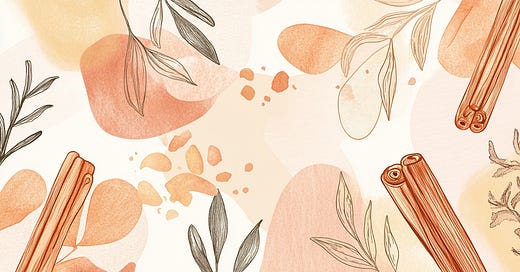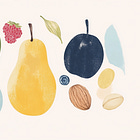Hidden Antioxidants with Big Benefits—And Risks You Should Know
Unlock the Secrets of These Antioxidants—But Beware the Downsides
A silent battle unfolds in your body everyday.
On one side, free radicals, unstable molecules that can damage your cells and pave the way for aging and chronic diseases.
On the other side, the antioxidants, natural defenders that neutralize these harmful agents and protect your health.
Break free from misinformation with science-backed insights, practical health tips, the latest research, and expert myth-busting—all from a certified Medical Doctor. Join 3,000+ like-minded people now!
What Are Free Radicals?
Free radicals are a natural byproduct of cellular metabolism, like energy production.
But their levels soar due to external factors:
Pollution
Stress
Poor diet
Smoking
UV exposure
And even intense exercise
Their instability comes from a missing electron, prompting them to steal electrons from healthy molecules.
This triggers oxidative stress, a process linked to premature aging and chronic illnesses such as cancer, heart disease, diabetes, and neurodegenerative conditions like Alzheimer’s.
The Role of Antioxidants
Antioxidants are the unsung heroes of this battle.
Sourced mainly from our diet, they stabilize free radicals by donating an electron—without becoming unstable themselves.
This action halts cellular damage and supports your body’s resilience against disease.
Why Are Antioxidants More Important Than Ever?
Modern lifestyles expose us to a higher risk of cellular damage:
Environmental pollution
Processed diets
Chronic stress
Poor sleep
Sedentary habits
Tobacco or alcohol
These unstable molecules can damage cells, increasing the risk of various health issues.
While our bodies naturally produce some antioxidants, it’s not enough to counteract today’s excess free radicals.
That’s why it’s CRITICAL to consume a diet rich in fresh, diverse foods loaded with antioxidants to protect your health.
The Most Powerful Antioxidants
Research shows free radicals may play a significant role in mood disorders like depression and anxiety. On the flip side, diets high in antioxidants are linked to improved mental well-being and reduced risk of these conditions.
You’ll find antioxidants in many intensely colored plant-based foods, but here’s an unexpected source: HERBS AND SPICES.
Spices pack more antioxidants per gram than fruits or vegetables
Among the top contenders:
Clove
Cinnamon
Oregano
Turmeric
Danger of Cinnamon and How to Avoid It
Cinnamon is a powerful antioxidant but requires mindful consumption.
Most supermarket cinnamon (Cassia cinnamon) contains coumarin, which can be toxic to the liver in large amounts.
Opt for Ceylon cinnamon, a safer alternative
Pro Tip
To preserve cinnamon’s active compounds, steep it in hot (not boiling) water for 10–15 minutes.
Add it to desserts or beverages for a flavorful way to balance blood sugar levels.
Use this method with other herbs and spices too—optimize their flavor and health benefits with gentle steeping!
Start protecting your cells today by including antioxidant-rich foods in every meal!
🎁 Get FREE months of premium access when your friends subscribe—just by sharing this newsletter!
Reader Favorites You Can’t Miss
Discover some of the most beloved articles to enhance your well-being:
To your health,
Sara Redondo, MD
Disclaimer:
The information in this newsletter is for educational and informational purposes only. It is not intended as medical advice, nor should it be used as a substitute for professional healthcare guidance, diagnosis, or treatment.
Always seek the advice of your doctor or a qualified healthcare provider before making any changes to your health routine, starting new treatments, or addressing specific medical concerns.
This content does not create a doctor-patient relationship. While I make every effort to ensure accuracy, the information provided may not apply to your unique situation.









